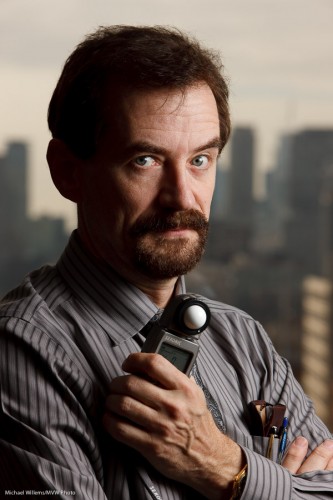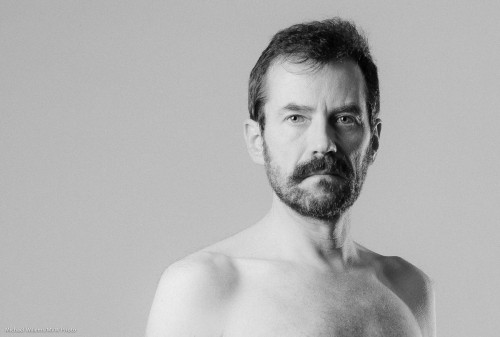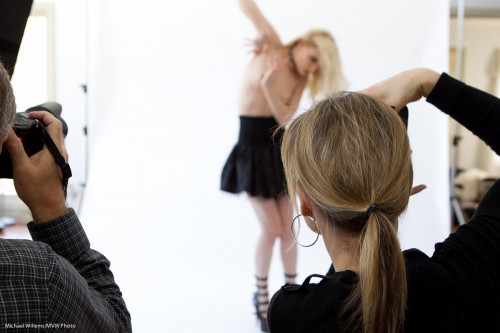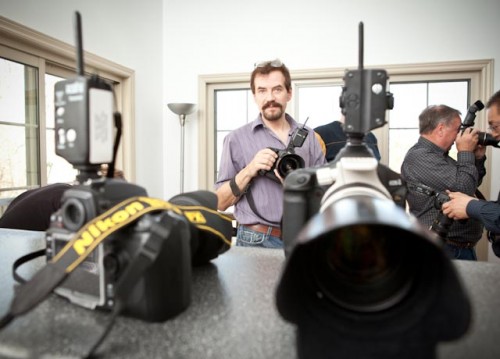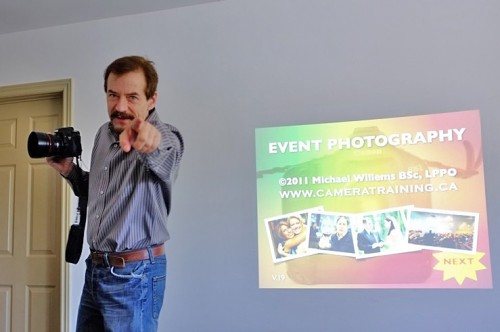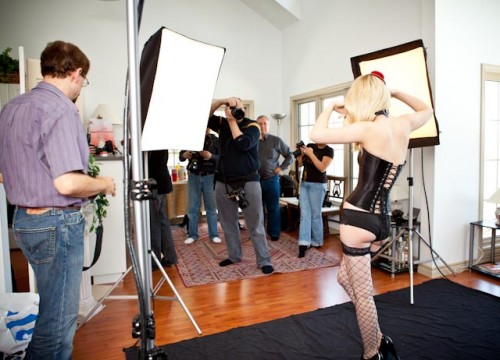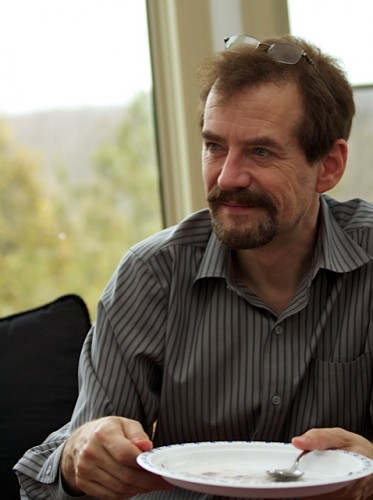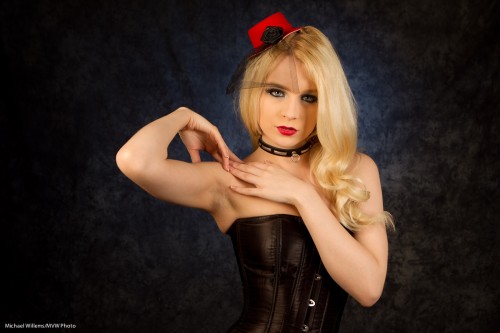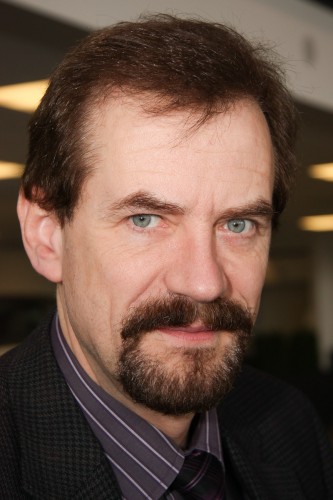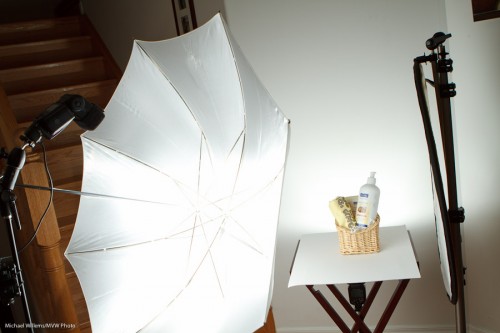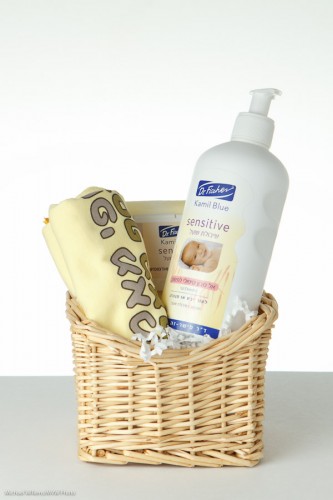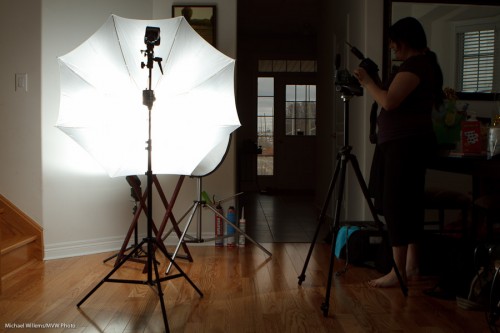Due to popular demand, below are a few beginners’ tips for today.
I occasionally throw in some of these, in case any of my readers may have missed one of these.
- “Focus” means “where it is sharp”. Focusing means “setting the distance at which the picture is maximally sharp”. Focus does not mean exposure! “I focused on the tree, so why is it too dark” is meaningless (unless you are using your spot meter linked to your chosen focus spot, but that is an advanced topic).
- The “mode” dial on the top of your camera sets the exposure mode, but not the flash mode. So “manual” means that aperture and shutter are set manually by you. Your flash has a manual setting too, but unless you engage that, the flash is still metered separately and set automatically!
- In any case, there are many “manual” settings on your camera and they are entirely unrelated. Manual exposure. Manual focus. Manual flash power. Manual ISO setting. Manual focus spot selection. The list goes on – and these have nothing to do with one another. Hence “I am using manual” is not enough information!
- Use one focus spot. Do not let the camera choose which focus spot: you choose it, and then aim that focus spot at your subject.
- Use AF-S/One Shot (as Nikon/Canon call them) focus modes, unless you are shooting moving objects; then, consider AF-C/AI Servo.
Photography is not “about” this technical stuff. It merely needs to be done. So I will throw in one more, about composition:
Avoid putting your subject dead centre in your photos. Instead, use the “rule of thirds” more often than not.

